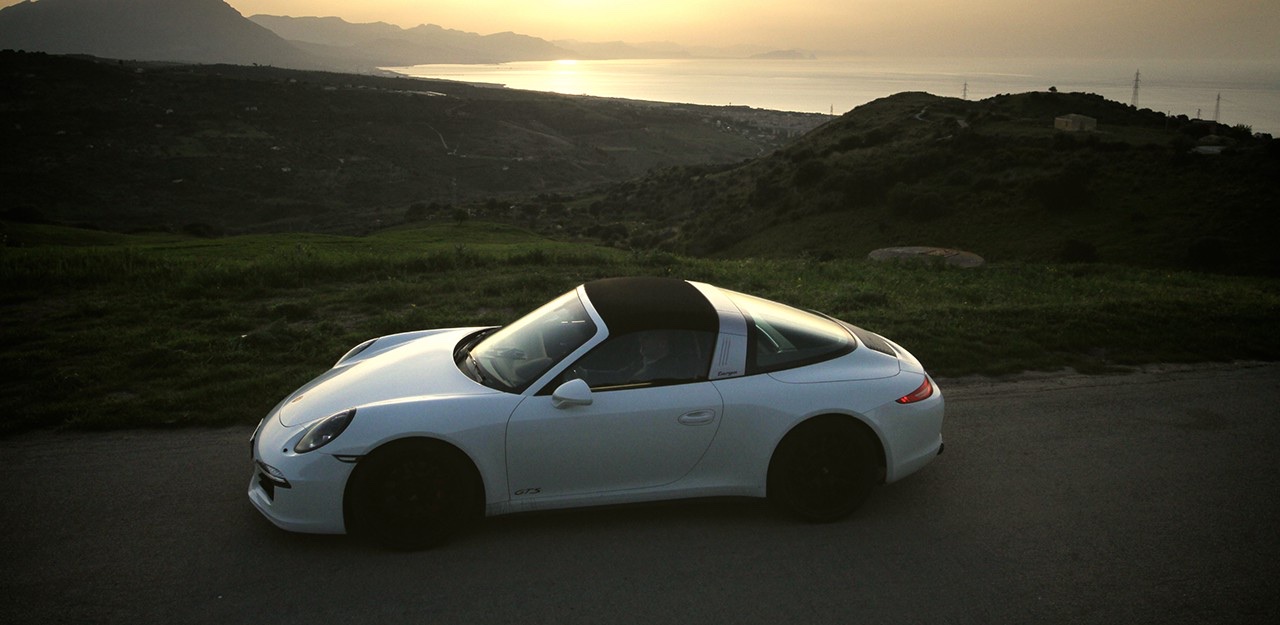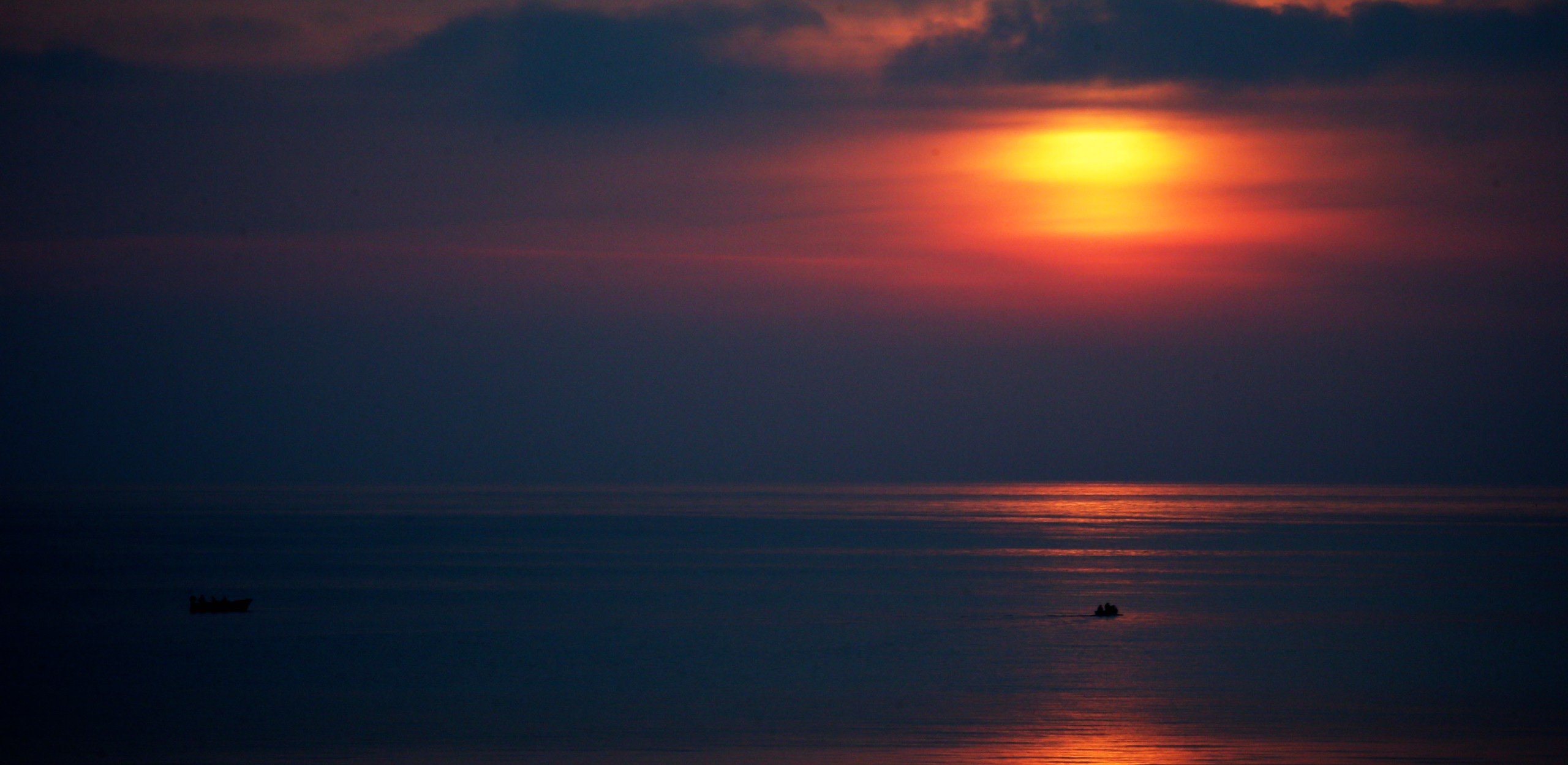
Primordial landscapes, merciless roads, intoxicating performance. This is what comes to mind when I reflect back on the Targa Florio Revival organized by Porsche; an iconic and quite extraordinary grand tour in the breathtaking Parco delle Madonie with the very comfy, yet highly powerful, GTS range from Zuffenhausen.
Before zooming on to the GTS Experience, let’s take a quick time step back to the golden age of the Targa Florio, which until 1973 was regarded as the most terrifying, ruthless, perilous road race on the planet with 6000 treacherous turns, massive drops, endless sequences of tight, blind corners, an abundance of chewed up tarmac and narrow cobblestone streets in forgotten high altitude villages. All things I failed to take into consideration when on a beautiful Sunday morning in Palermo, after a luxurious night in the aristocratic Villa Igiea, I walked towards the timeless silhouette of the all new Porsche Targa GTS, glittering under the extraordinary light that illuminates Sicily in spring.
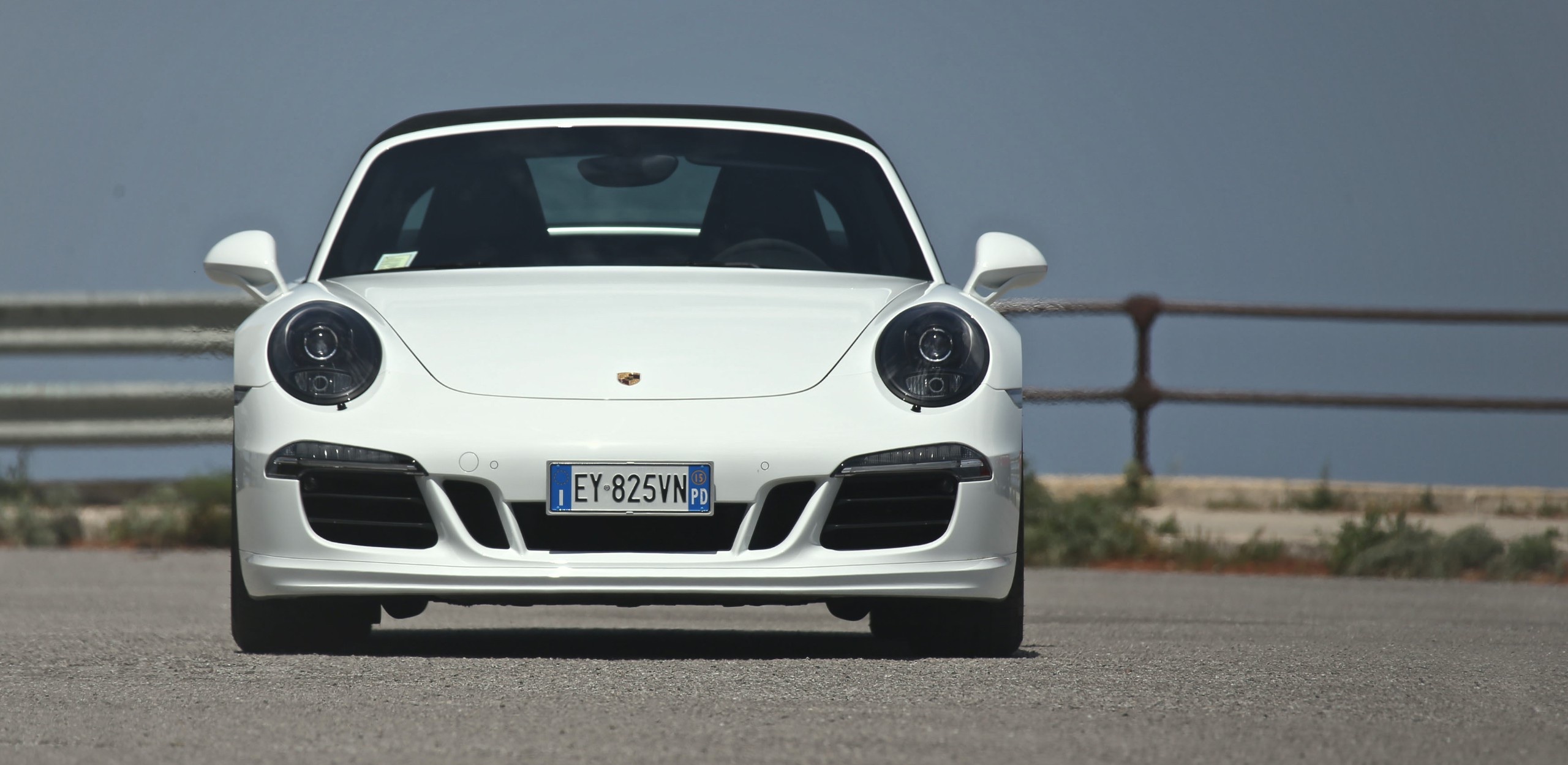
I enthusiastically dive in, turn the key and immediately the 3.8 liter boxer engine elevated to 430bhp starts rumbling in expectation awaiting further instructions. Beside us, protected by a crystal shield, is the priceless Porsche 908 Spyder that won the Targa Florio in 1969 with an average speed of 129km/h. So, considering the leaps forward in safety and technology, complemented by the fact that I’m sitting in the fastest Targa ever made, I decide that the daily objective is to average, on the 150km natural race track, an 80km/h speed. While reflecting on the target, an important connection comes to mind; the Targa was launched in 1965 introducing the world to a new architecture, and more significantly, the model was Porsche’s personal and affectionate tribute to the Sicilian race.
A sense of history and tradition suddenly envelopes the experience, I open the roof that quietly disappears under the glass, step on the gas, exit the winding complexity of Palermo with no particular difficulty (when needed, all Porsches can be extremely rational, quiet and subtle), take the highway and after some juvenile tunnel blasting followed by unobstructed views of a shining Mediterranean, I arrive in Cerda; beginning and end of the Targa Florio loop.
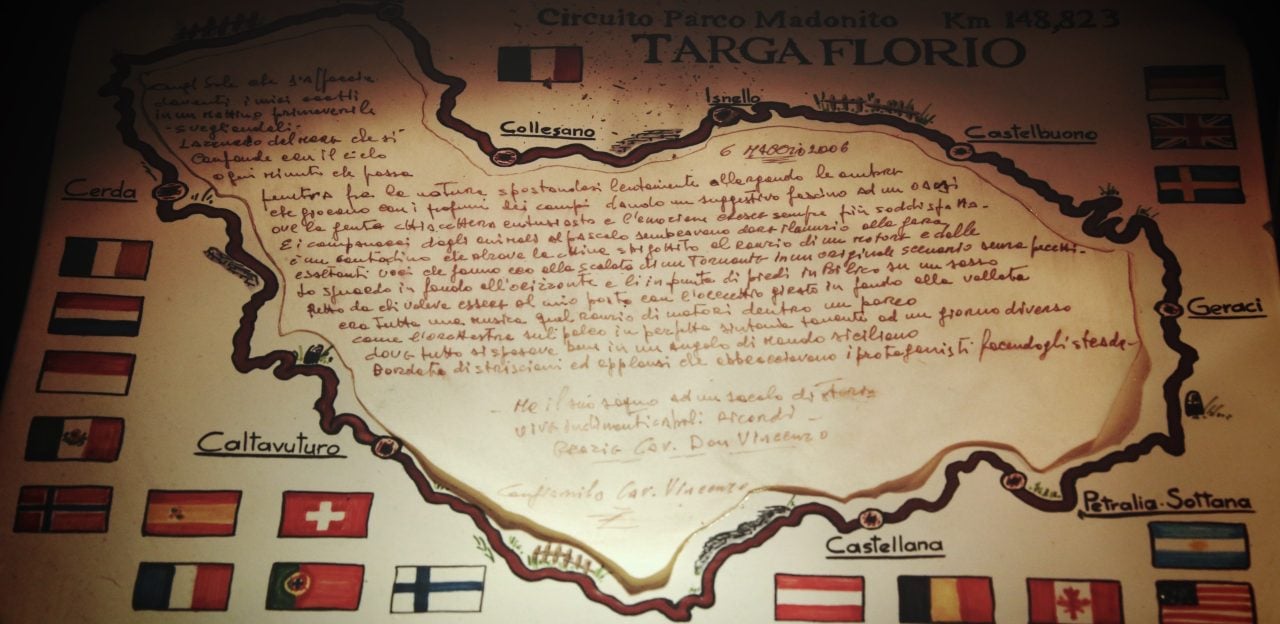
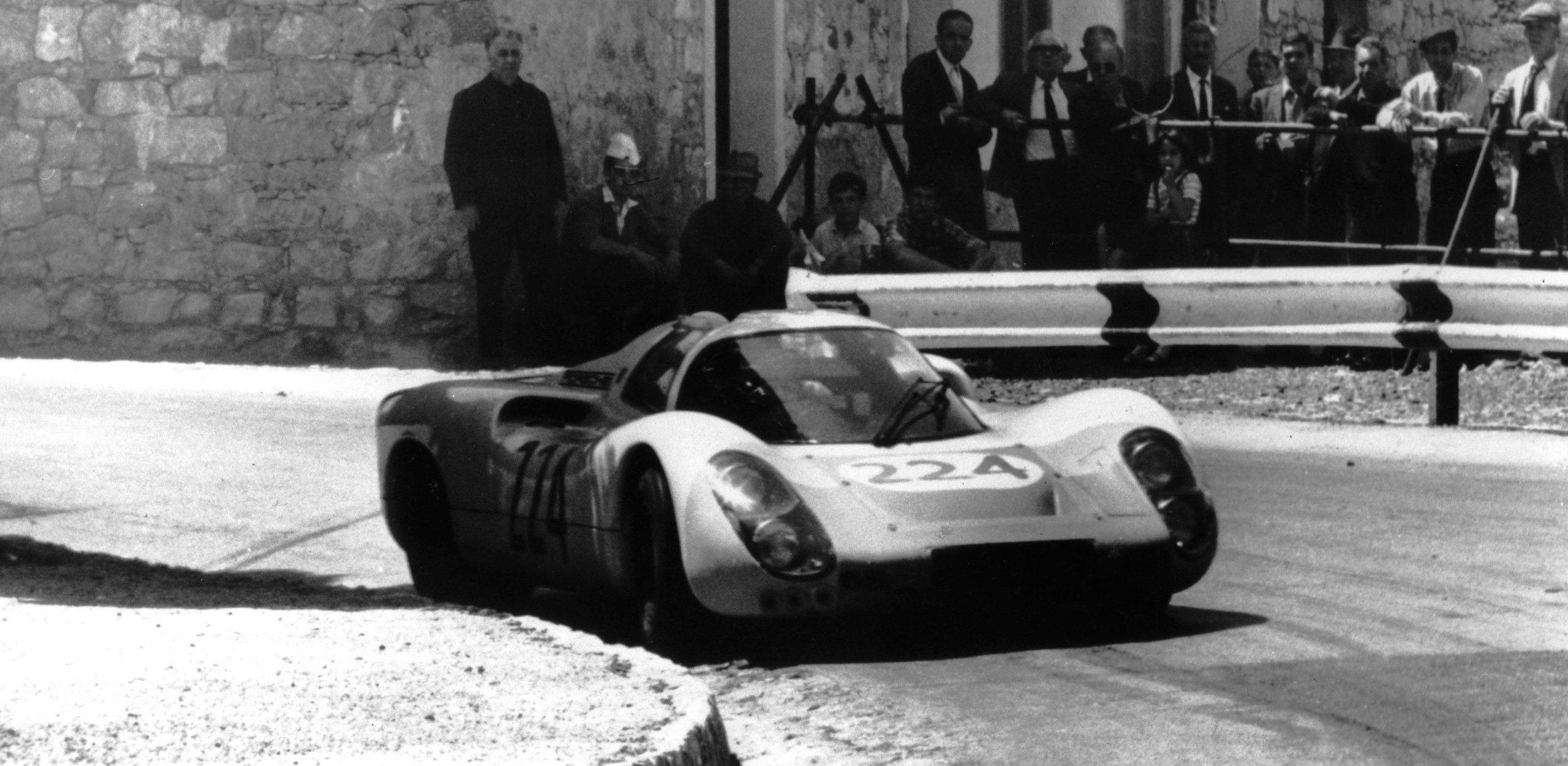
With the Targa on the starting grid I eagerly select ‘Sport Plus Mode’ on the central console, open the exhausts but leave the dampers on normal setting as the briefing described the itinerary as bumpy and uneven. At the very first set of corners it becomes clear that the 80km/h mean average speed can only be achieved by a Pro as the tarmac is more slippery than a soap coated marble slab. Despite being a rear-wheel-drive sports car aficionado, on that day, while heading towards the Parco delle Madonie mountain range, I’m overjoyed to drive a four-wheel-drive car. After cruising through rolling hills and flower flooded fields, the long climb towards Caltavuturo –a remote village perched on rocks where Sicily is frozen in the 1950’s – starts.
A collection of hairpins greets the Targa while the valley echoes with the tantalizing GTS roar; pervading the Sicilian landscapes after a forty year absence. The Porsche is balanced, poised, immediate but also predictable in her reactions. The chassis inspires confidence, the steering is telepathic and the almost 200kg of extra weight of the Targa compared to the Carrera S becomes noticeable only on extremely tight corners, while on straightaways the six cylinder engine – that comes with an epic soundtrack – is able to push the car from a standstill to 100km/h in 4.6 seconds and up to a top speed of 304.
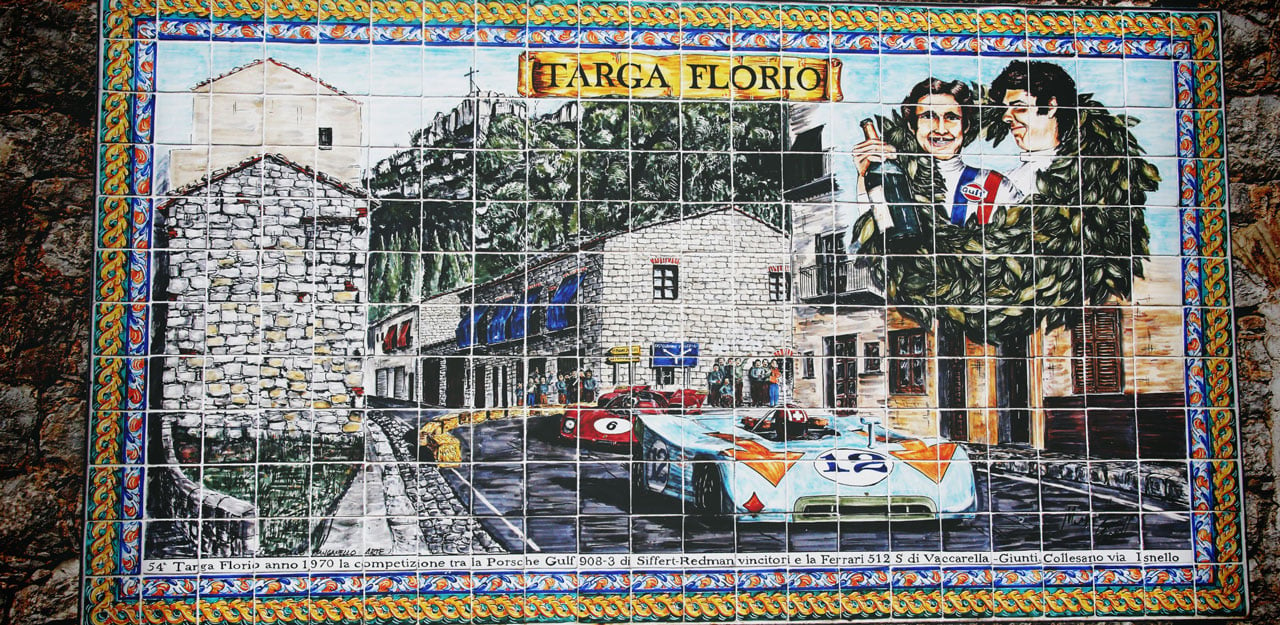
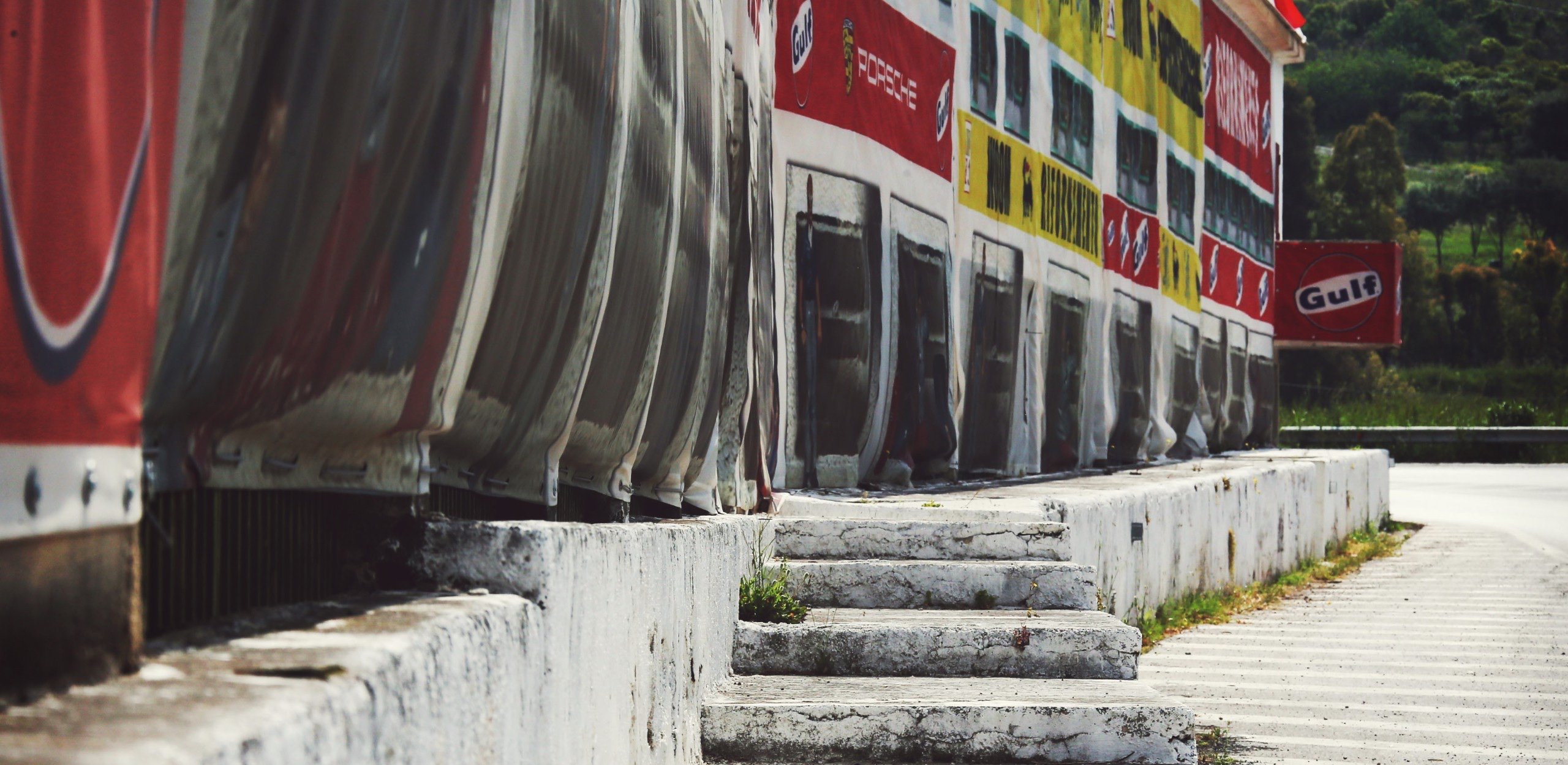
Not that I ever went close to it, as road conditions where critical and you really don’t want to be the journalist that destroyed a 140,000€ vehicle against upcoming traffic or a wall. As I pass Petralia Sottana and reach the highest point of le Madonie, I step out of the car to take a little break after four hours of non-stop driving to let the adrenalin levels drop while admiring the staggering beauty of this very special and ancient part of Sicily; the eyes soar through carved spikey rocks and then down towards green and yellow forests that morph into hills blending into the sea. And to quote Jean Claude Izzo “the sea makes happiness easier” and in this case, I add, so does the 911 Targa.

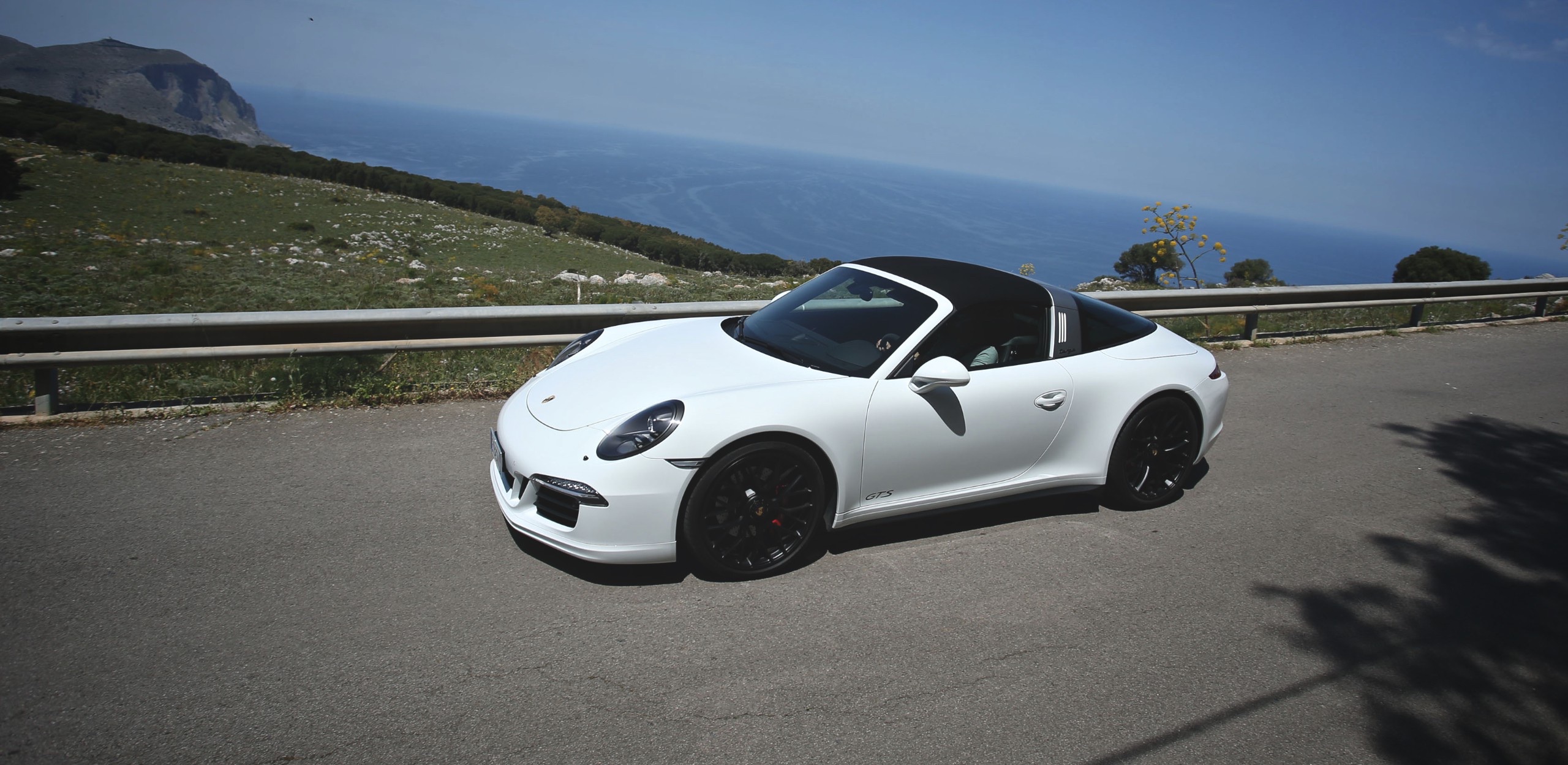
Enough pondering the landscape and time for the second leg; possibly the most unforgettable as the long winding road towards Collesano is surrounded by a wild, speckled forest, and driving with the open roof one can smell the sycamines and all the wonderful, enveloping perfumes of a Sicilian spring. The tantalizing drive takes proceeds; I should head westwards to reach Collesano, but heavy rains had recently pounded the island and caused part of the road to collapse under several landslides. So the only option is to point north to the world famous sea village of Cefalù, proceed along the coast and then point back south to Collesano – home of the Targa Glorio Museum – for the last stretch of this unique memory lane test-drive.
It’s almost 5pm; the sun hits the Parco delle Madonie at a slanted angle creating mesmerizing light patterns. I’ve been driving since eight in the morning and covered almost 400km. Despite sitting in a luxurious sports car, with A/C, adaptive dampers, double clutch seven-speed gear box, ergonomic seats, water, snacks and all 21st century technologies, I feel mentally and physically drained.
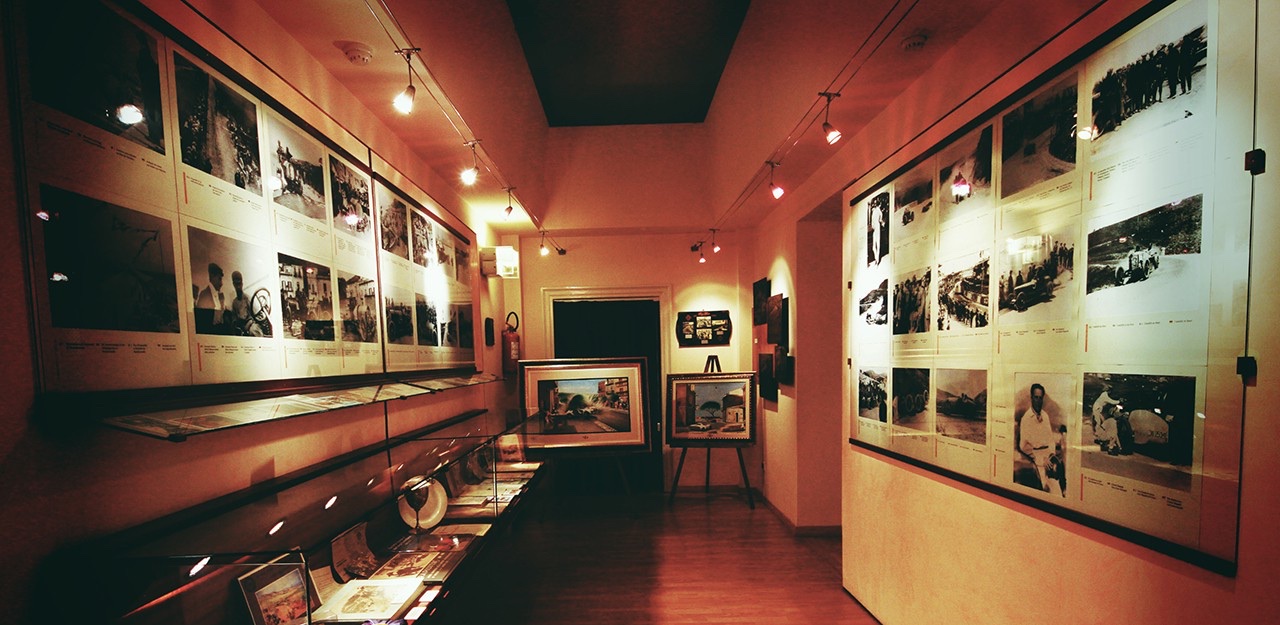
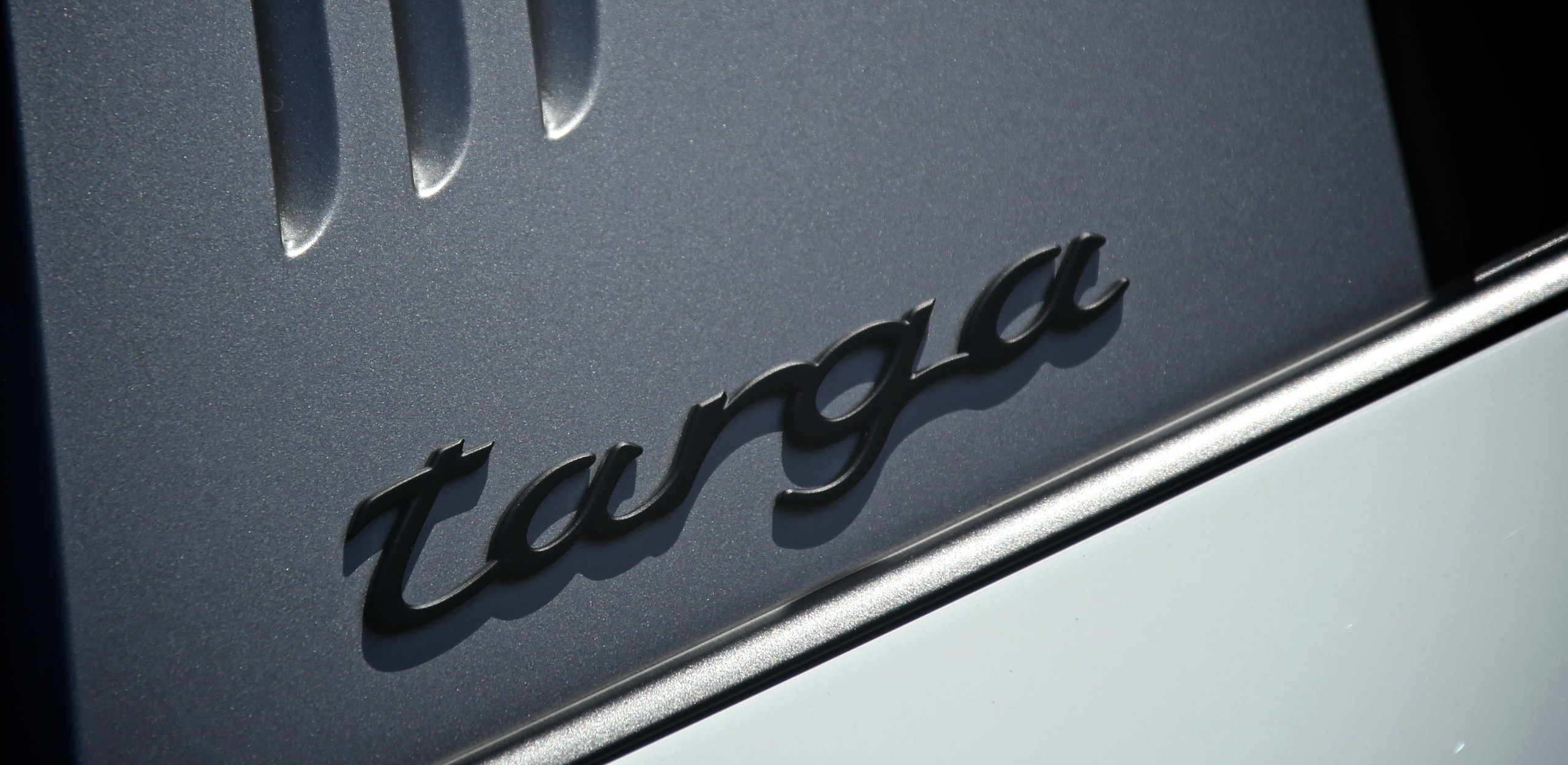
The Porsche Targa GTS with her 440 pounds of torque and sharp reactions requires concentration at all times; especially in these narrow, cliff ridden, engaging itinerary. As the end of the day approaches, empathy sets in and I cannot help thinking of what a monumental effort it must have been to tackle the Targa Florio with light, nimble, monstrously fast race cars completely void of electronic devices such as stability programs, traction controls and torque vectoring systems. More than a few perished while trying, many more survived the effort but never finished the race, while a few brave men carved their names in history. After the Revival and the GTS Experience, I can safely say that the claim of “toughest race on earth” had nothing to do with marketing, but simply portrayed a harsh, exciting, extreme reality that still stands proud in the history of cars and motorsport competitions.
